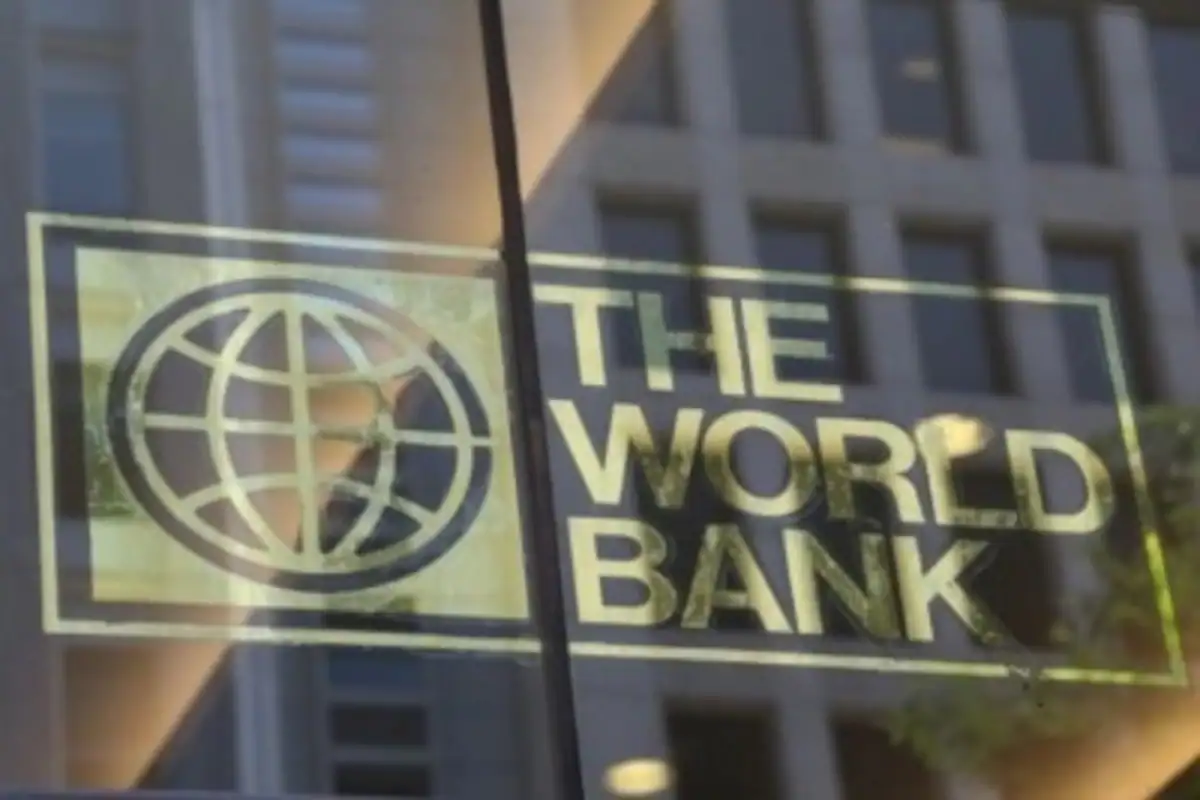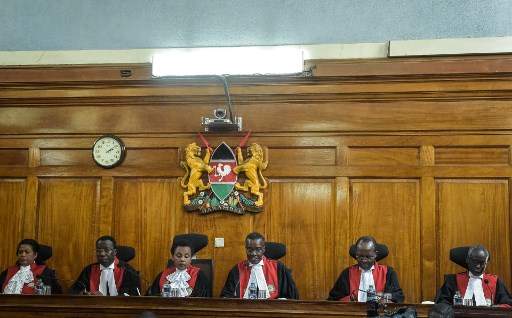The World Bank and industry stakeholders have called for the lowering of the cost of sending remittances from the African diaspora to their home countries, as the money sent home is crucial in supporting household expenses in many developing countries.
Sub-Saharan Africa remains the region most affected by the global crisis, but remittance inflows from the African diaspora mainly in Europe and the United States to countries like Nigeria and Kenya have been strong. For example, the African diaspora in the United States, which earned $55.1 billion in 2015, represents a powerful constituency in the economic development of the continent. While remittances are crucial in supporting household expenses in many developing countries in the continent, the high cost of sending money remains a significant hindrance to inflows. Although global payment companies like WorldRemit have lowered transfer costs to busy corridors in Africa, the World Bank and industry stakeholders now call for further lowering of the cost of sending money as it remains a crucial factor in boosting diaspora remittances this year.
In 2022, remittances to Sub-Saharan Africa, the region most highly exposed to the effects of the global crisis, grew an estimated 5.2% to $53 billion, compared with 16.4% in 2021, due mainly to strong flows to Nigeria and Kenya, World Bank says in its report. According to data from the global lender, remittances are projected to decline by 1% this year, due to weaker conditions in migrants’ destination countries. The cost of sending $200 for instance to Sub-Sahara Africa, including Kenya, costs 7.8% on average last year, down from 8.7% the previous year. Remitting from countries in the least expensive corridors is on average 3.4% compared to 25.2% for the costliest corridors.



